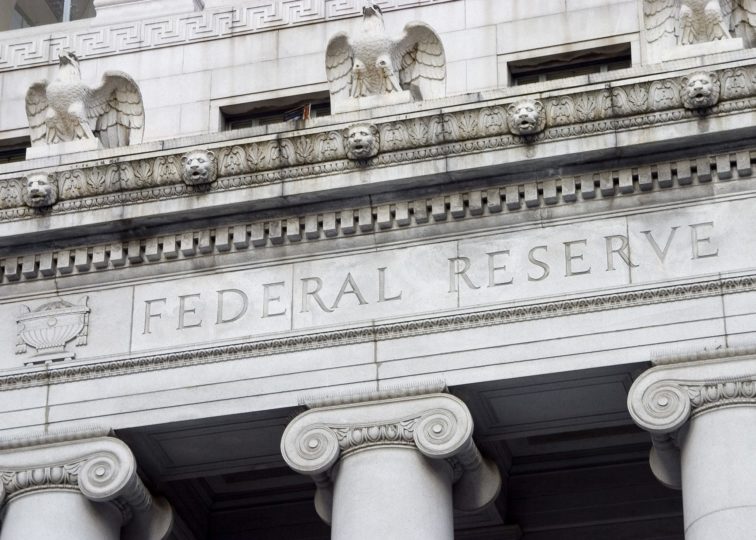
Blog
“Higher for Longer” Interest Rates Could Be Good News for the Economy
November 2, 2023
As was widely expected, the Federal Reserve left interest rates unchanged at the latest meeting of the policy-setting committee this week. The Fed left its target for the key overnight interest rate at a range of 5.25% to 5.50% but did keep the door open for future rate increases.
Fed officials expressed belief that the recent surge in long-term rates will effectively do some of the work of restraining the economy for them, and are heartened by how inflation, while still too high, has cooled over the past year. If inflation does reaccelerate, however, they are ready to tighten more.
Following the meeting, futures markets put the chances of an additional rate hike before the end of the year at about one in five. While it appears that the hike in rates may be over, Fed officials indicated that rate cuts are not in the cards any time soon. “The committee is not thinking about rate cuts at all,” Fed Chair Jerome Powell said at his postmeeting news conference, citing the continued strength of the job market and the 4.9% GDP growth seen in the third quarter.
When policymakers offered interest rate projections at their previous meeting, their median forecast for interest rates showed rates just a quarter of a percentage point lower at the end of last year. Powell pointed to the increasing size of the labor force and remaining pandemic savings held by households as some of the things that might help power the economy through a period of restrictive monetary policy.
The longer the Fed can hold off on cutting rates, the more likely it will seem that the neutral rate, meaning a rate that is neither restrictive nor accommodative, for when inflation reaches the 2% target has moved up. In their September projections, policymakers estimated that their target rate will average 2.5% in the longer term—essentially their forecast of the neutral rate.
While the prospect of “higher for longer” interest rates is causing some turmoil in the markets, a higher neutral rate would have benefits. If a recession were to materialize, it would mean that the Fed would have more room to cut rates and avoid measures like bond buying to stimulate the economy. Of course, there is much that could go wrong with the Fed’s projections. Inflation could accelerate, prompting additional rate hikes and increasing the chances of a recession. The lagging impact of past rate hikes could also prove more than the economy could take, but if the Fed’s projections do come to pass, it would be a good sign for the economy.
